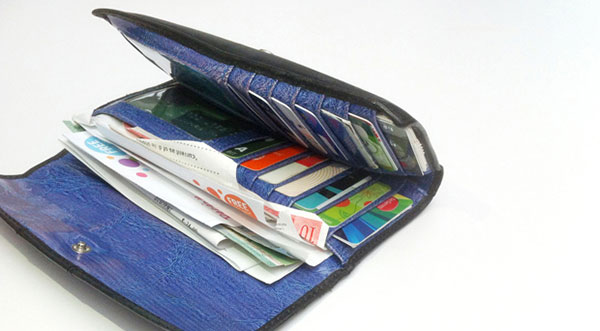This tax tip is provided by TurboTax.
There are a number of ways that you can use home renovations and improvements to minimize your taxes.
Looking to spruce up your home without breaking the bank?
Renovation of a home is not generally an expense that can be deducted from your federal taxes, but there are a number of ways that you can use home renovations and improvements to minimize your taxes. These include both tax deductions and tax credits for renovations and improvements made to your home either at the time of purchase or after.
Using your mortgage to make home improvements
One way to save on the costs of home renovation is to make the improvements to the home at the time it is purchased.
If the mortgage you take out to buy a home includes additional money to make renovations, your acquisition cost for the home includes this amount. You can then deduct the interest on this amount from your income as part of your mortgage interest deduction.
Improvements that qualify as medical expenses
Improvements to your home can also be deducted from your income as medical expenses if they are medically necessary.
The cost of installing entrance or exit ramps, modifying bathrooms, lowering cabinets, widening doors and hallways and adding handrails, among others, are home improvements that can be deducted as medical expenses. But the deduction amounts must be reasonable, given their medical purpose, and expenses incurred for aesthetic or architectural reasons cannot be deducted.
In other words, making a residence wheelchair accessible qualifies, but adding a sculpture garden does not.
Additionally, any amounts spent for these improvements that increase the value of your home cannot be claimed as a medical related expense.
Tax credits for energy generation
One of the best ways to lower your taxes is to take advantage of energy tax credits by installing qualified energy generating systems.
You can get a federal tax credit of 30% of the cost of qualifying geothermal heat pumps, solar water heaters, solar panels, small wind turbines, or fuel cells placed in service for an existing or new construction home. The credits were good through 2016, except for the solar credits which are good through 2019 and then are reduced through the end of 2023.
Except for fuel cells (which must be installed in your primary residence to qualify), the credit can be used for items installed in vacation or second homes as well.
The credit applies to the cost, including labor and installation, and there is no maximum limit (except for fuel cells). For example, if you purchase and install solar panels in 2021 for $10,000, you get a $2,600 tax credit right off the bat—not counting the future savings on your electric bill.
This tax credit must be taken in the tax year that the item was placed in service, and a Manufacturer Certification Statement must accompany the item to qualify. For complete details, visit Federal Tax Credits for Consumer Energy Efficiency.
Home sale exemption
Under the home sale exemption, qualified sellers do not have to pay capital gains on appreciation of their primary residence when it is sold for a profit of $250,000 or less if filing as single and $500,000 or less if filing married filing joint. Because home renovations increase the basis in your home, they can help reduce the amount of your sale price that is counted as profit, and therefore can potentially help get you under the home sale exemption to avoid capital gains altogether. Even if not, the increased basis can limit the taxable portion of the sale price.
TurboTax will search over 350 deductions to get your maximum refund, guaranteed. If you’re a homeowner, TurboTax Deluxe gives you step-by-step guidance to help turn your biggest investment into your biggest tax break.










Leave a comment